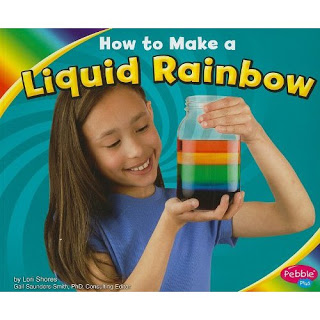Rainbow Jar Science Experiment
Having kids, you get to participate in plenty of cool activities you otherwise wouldn't be inclined to do. Arts and crafts are fair game when you're trying to entertain little ones, and this rainbow jar science experiment is a great one to try. It's fun to play games, but it's even better when those games are actually teaching those budding minds about life. Reading or explaining something is fine, but it's a lot less memorable than something more hands on. That's why it's always best to have interactive activities to teach kids about life. The internet has many great finds, so there's no shortage of things to do.
This is the first time I've come across this experiment, but I'll definitely be sharing it with all my friends and family with young children. The mom behind the website "Sweet and Simple Things" has plenty of great resources that will keep your household occupied for a long time. She shares all the different activities that she tries with her young family, and this rainbow jar science experiment is one of them.
Essentially this experiment will teach you about the properties of different liquids and their densities. While liquids seem quite similar, it's interesting to find how they react differently to each other. It's usually commonly understood at a young age that oil and water don't mix. But do they know that other liquids will also resist one another to form layers depending on their constituents? Of course this rainbow jar science experiment is aimed at younger children about 4-7, but older children will still appreciate it too since it's so visually demonstrating.
All you need to get started with this experiment is some water, dish soap, rubbing alcohol, and olive oil (or other oils will do). Then carefully follow the directions which tell you to pour each one down the side of a jar in a particular order with food coloring added. Then you watch as they form a layers one by one. Not only will this clearly demonstrate the properties of different densities, but it is also an opportunity to talk about the colors of the rainbow and how they go in a particular order. Although, it's probably best you wait for another experiment to explain to them how colors work and why they appear the way they do. I think the "Sweet and Simple Things" website might even have a tutorial on that as well.
So if you're looking for things to do on rainy days to keep your young children occupied, then make sure you checkout this article and all the other great resources on the site. Because lets face it, kids need entertainment, and it's better that they're learning something about science than just sitting in front of the TV, or other electronic devices playing games. Just click on one of the links to get redirected to the site, and have fun experimenting!
Learn MORE at Sweet and Simple Things
To help with slow website load, we have put all photos for this article here: View photo gallery.







